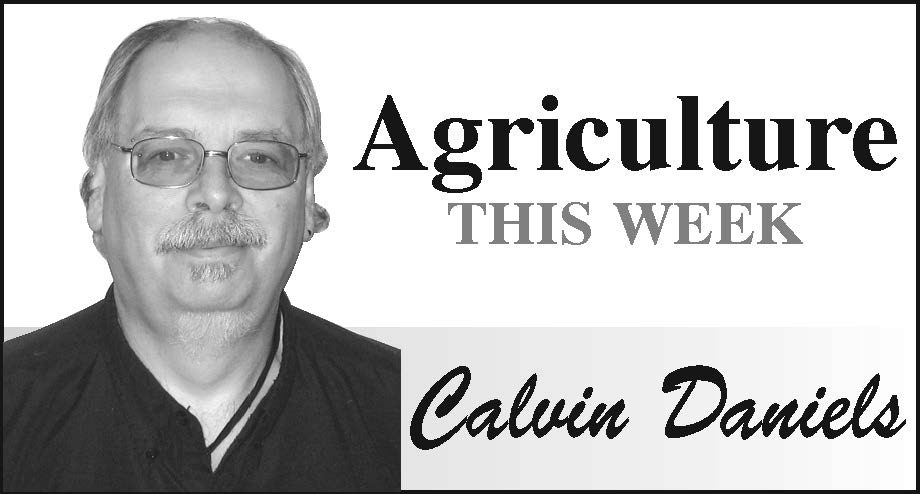Last week Premier Scott Moe announced a major plan in terms of agriculture in Saskatchewan; a multi-year, multi-billion dollar expansion of irrigation.
The focus on irrigation isn’t exactly a new idea in Saskatchewan.
In fact the press release regarding the announcement last week noted that the project “will fulfill the vision of Prime Minister John Diefenbaker to ensure the prosperity of Saskatchewan people.”
“The Lake Diefenbaker project was initiated by the Co-operative Commonwealth Federation government under Premier Tommy Douglas. Construction on the Gardiner Dam and the Qu’Appelle River Dam began in 1959, but even though those dams were completed in 1967, the promise of the project was never truly fulfilled. The last major irrigation infrastructure work was done in 1972,” detailed a Brian Zinchuk story (see page A1).
What the announced project will do over the next decade is irrigate up to 500,000 acres of land from Lake Diefenbaker, more than doubling the irrigable land in Saskatchewan.
The project will start immediately with a $22.5 million investment in preliminary engineering and initial construction.
While every journey starts with the proverbial first step, the start here is a modest one in terms of the overall project with the complete construction expected to happen approximately over the next 10 years in three main phases at a cost estimated at $4 billion.
What is interesting is that this is a project that appears to have opposition support, something that is rare in a world where political parties are too often at odds on principles alone.
In the Zinchuk story NDP Finance Critic Trent Wotherspoon said on July 2, “This project has long held tremendous potential in value to the province. And I know this is a project that the federal government, and actually former minister, Ralph Goodale, have provided a lot of leadership on.”
Wotherspoon added, “It holds a lot of potential by way of climate change adaptation of working to drought-proof Saskatchewan, with flood management and water management.
He noted it “holds tremendous potential for value-added agriculture, of course, within the province, which could be, very meaningful to our province’s economy as we move forward.”
Agricultural Producers Association of Saskatchewan (APAS) President Todd Lewis also likes what the project can do for the province.
Lewis said, “It’s very welcome. Lake Diefenbaker has been chronically underdeveloped, as a major infrastructure project that began in the 50s, sitting there. A lot of the water just flows through or evaporates. It’s really important for that water to create economic activity.”
This is a project that does appear well-suited for the times. It puts people to work post COVID-19, and builds on the pillar of agriculture in Saskatchewan’s economy moving forward.
One might question why it has taken the Saskatchewan Party so many years to launch the project. They have been in the driver’s seat since 2007, and the economy has been in stronger positions to take on a $4 billion project than it is today, but this is a project worth launching later than never as they say.
The government release detailed, “Phase 1 of the project is estimated to cost $500 million and will include the rehabilitation and expansion of the existing Westside irrigation canal system. This work will increase the amount of irrigable land by 80,000 acres in the area. It is considered one of the most shovel ready irrigation projects in the province with 90 per cent of the current canal already in place.”
Down the road the costs climb as phases 2 and 3 of the project are estimated to cost up to $3.5 billion.
Calvin Daniels is Editor with Yorkton This Week.



